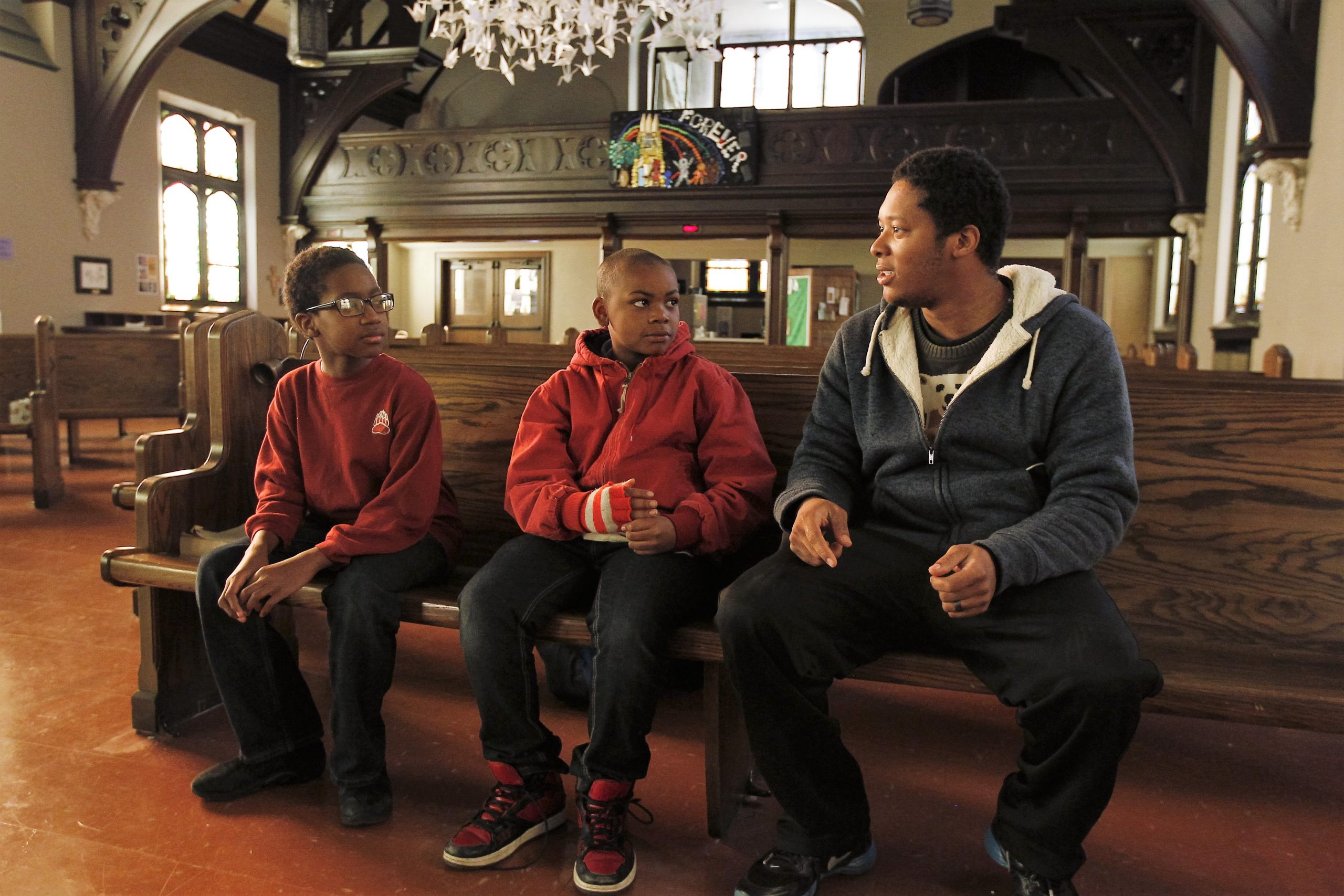When police arrived at the Goldsboro, North Carolina, home of Billy and Gina Williams shortly after midnight on January 20, Billy was administering first aid to his wife on the front porch as she bled from a gunshot wound to the neck. Gina died at the scene soon after.
“The last words Gina said to me as I held her was, ‘I love you,’” Williams wrote on Facebook.
What that devastating post doesn’t reveal is that Billy was the one who shot her. According to news reports, the 49-year-old husband retrieved a handgun from a safe after one of the couple’s children heard someone at the front door. Suspecting an intruder, Williams approached the entryway. The light on the front porch was off, and as he opened the door he faced a figure in the dark. He fired a single shot, striking his wife. She had come home after getting off her overnight shift earlier than expected.
There are an estimated 265 million firearms kept in American homes, according to a landmark survey from Harvard and Northeastern University researchers. Most of those are kept for the purpose of self-defense — as protection against other people who might try to do them harm.
Sometimes, tragically, a gun is used by its owner to kill family members mistaken for intruders. At least 34 times over the last three years, gun owners attempting to protect themselves against a perceived threat shot a loved one instead, according to a Trace analysis of news clips and data from Gun Violence Archive, a nonprofit organization that tracks gun violence. The incidents resulted in 14 deaths, and 20 injuries of varying severity.
In St. Cloud, Florida, in December 2015, Sherry Campbell was wrested from her sleep by what she thought was a stranger approaching her bed. She reached for her handgun and opened fire in the dark, sending a bullet into the chest of the would-be assailant — who turned out to be her 27-year-old daughter.
“Baby, I love you so much, please!” Campbell shouted during a call to police as Ashley Doby, an aspiring teacher, lay bleeding. Doby later died in the hospital.
In Cincinnati two weeks later, Georta Mack, 14, left school to play hooky and snuck into the basement of his home. Mack’s father, believing he heard an intruder, grabbed his .45 and opened fire in the direction of the basement. The 72-year-old man hit the teen in the neck, killing him.
“I heard noise and went downstairs looking, and he jumped out at me and I shot him. He scared me,” the bewildered 72-year-old told a 911 dispatcher through sobs.
Neither he nor Campbell were charged in the unintentional deaths of their children.
In April 2016, two Prince George’s County, Maryland, firefighters were mistaken for intruders and shot while performing a welfare check on a diabetic man at the behest of his brother. One of the firefighters died.
Three months later in Goldsboro, North Carolina — not far from where Billy and Gina Williams live — a 31-year-old man fired a shot down a hallway in his home after he heard noises at 3:20 a.m. The bullet struck his 49-year-old mother, killing her. And in August 2016, 11-year-old Timea Batts was shot and killed by her father as she returned to her Hendersonville, Tennessee, home after her first day of middle school.
Hard numbers on the frequency of defensive gun use are elusive. Gun-rights advocates claim millions of incidents each year. Gun Violence Archive, a nonpartisan clearinghouse of gun-violence statistics online, calculated 4,626 incidents of reported and verified defensive gun use over the past three years, resulting in 1,657 deaths and 2,495 injuries.
But research suggests that a gun kept in the home is more likely to be used against its owner, to bully or kill a romantic partner, to be left where children can find it, or be stolen, than for legitimate self-defense purposes.
A 2014 meta-analysis of 16 studies by Dr. Andrew Anglemeyer and his colleagues at the University of California, San Francisco, found that household gun ownership doubles the risk of homicide and triples the risk of suicide for those with access to firearms.
A 2010 Harvard study found that nearly half of unintentional shootings in 17 states between the years 2003 and 2006 were perpetrated by family members.
“Many more people believe guns in their home make them safer, when in fact, epidemiological research suggests precisely the opposite,” Deb Azrael, a researcher at the Harvard School of Public Health and one of the authors of the gun ownership study, told The Trace in September.
In North Carolina, the Williams family is still reeling from Gina’s death. She leaves behind two daughters and a stepdaughter.
“This is something I will have to live with for the rest of my life,” her husband Billy wrote in his Facebook post.

